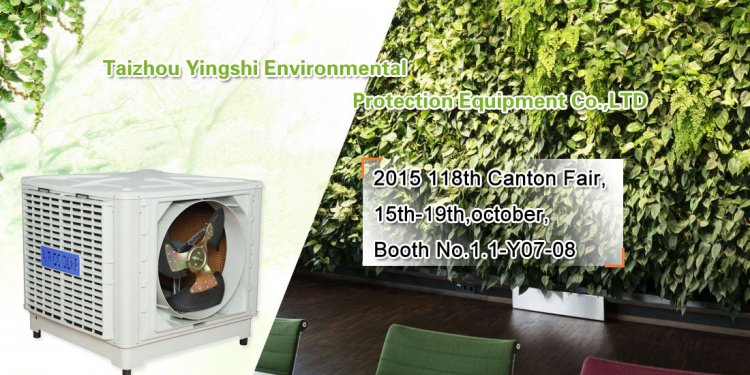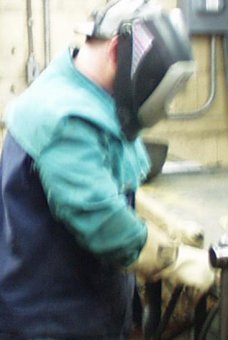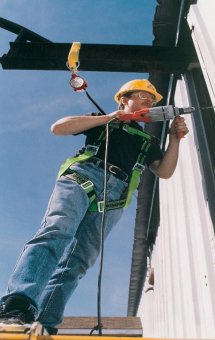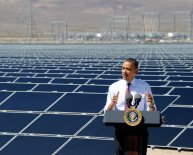
Environmental Protection Equipment
When choosing appropriate laser eyewear, time is also a consideration. The length of time the eyewear will protect your eye before the beam goes through, and how much time you will have to react if you are hit with a direct beam are factors. According to ANSI, protective eyewear shall exhibit a damage threshold for a specified exposure time (typically 10 seconds). The eyewear shall be used in a manner so that the damage threshold is not exceeded in the worst case exposure situation. Main points to consider when selecting eyewear for a specific laser includes:
Main points to consider when selecting eyewear for a specific laser includes:
- Wavelength
- Optical density
- Laser beam intensity
- Luminous transmittance
- Damage threshold
- Comfort
- Lenses
For more information on selecting laser protective eyewear, refer to the laser manufacturer's recommendations and instructions and/or review EHSS's Laser Safety Program.
Safety Goggles
Vinyl-framed goggles of soft pliable body design provide adequate eye protection from many hazards, such as impact, chemical splash, dust, sand, and debris. Goggles are available with perforated, port-vented, or non-vented frames. Single lens goggles provide similar protection to spectacles and may be worn in combination with spectacles or corrective (prescription) lenses to ensure protection along with proper vision. Like safety glasses, goggles are impact resistant and are available with tinted lenses.
 EHS strongly recommends the use of safety goggles, rather than safety glasses, for all personnel working in laboratories with chemicals or human bodily fluids.
EHS strongly recommends the use of safety goggles, rather than safety glasses, for all personnel working in laboratories with chemicals or human bodily fluids.
Welders/chippers goggles provide protection from sparking, scaling, or splashing metals and harmful light rays. Lenses are impact resistant and are available in graduated shades of filtration. Filter lenses must meet the requirements for shade designations as outlines in the OSHA regulations and ANSI standards. Tinted and shaded lenses are not filter lenses.
Face Shields
Face shields provide general protection to the entire face for a variety of hazards, such as flying debris, chemical splash, arc flash, UV radiation, and extreme heat. Face shields must be used in combination with goggles when there is a potentially significant chemical splash hazard, especially where highly toxic chemicals or corrosives are used. Face shields must be worn over primary eye protection (safety glasses or goggles) when is a potentially severe exposure to flying fragments or objects, hot sparks from furnace operations, potential splash from molten metal, or extreme temperatures.
Welding Helmets
Welding Helmets
Welding helmets/shields must be provided to protect worker's eyes and face from infrared or radiant light burns, flying sparks, metal splatter, and slag chips encountered during welding, torch brazing, torch soldering, resistance welding, bare or shielded electrical arc welding, and oxy-acetylene work.
The shield assemblies consist of a vulcanized fiber or glass-fiber body, a ratchet or button type adjustable headgear or cap attachment, and a filter and cover plate holder. Newer technology offers auto-darkening lens capabilities. For manual filtered lens selection, start with a shade that is too dark to see the weld zone, then switch to a lighter shade which gives sufficient view of the weld zone without going below the minimum shade allowed. In oxy-fuel gas welding or cutting where the torch produces a high yellow light, use a filter lens that absorbs the yellow (sodium line) in the visual light of the (spectrum) operation. Guidance on appropriate filtered shades for various operations is available here.
In oxy-fuel gas welding or cutting where the torch produces a high yellow light, use a filter lens that absorbs the yellow (sodium line) in the visual light of the (spectrum) operation. Guidance on appropriate filtered shades for various operations is available here.
Welding helmets or filtered face shields should only be used over primary eye protection (i.e. safety glasses or goggles). Follow the manufacturer's instructions.
Storage and Care
Safety glasses and other eye and face protection should be stored carefully to prevent scratching and damage. In general, do not store this equipment where it would be exposed to high heat or direct sunlight.
Eye and face protection should be inspected prior to use. If the equipment is damaged or broken, do not use it because it may not be able to fully resist impact. Pitted lenses, as well as dirty lenses, make it more difficult for an employee to see and should be replaced. Lenses that are pitted or deeply scratched are more prone to break under impact and should be replaced.
Clean eye and face protection according to the manufacturer's instructions. If the manufacturer's instructions are not available, clean with a mild soap and water solution (maintained at 120°) by soaking for 10 minutes. Rinse thoroughly and allow to air dry.
PPE that has been previously used by other personnel should be disinfected before issuing to another person. Completely immerse all parts in solution of germicidal fungicide for 10 minutes. Remove parts and air dry at room temperature.
Selection of Eye and Face Protection Guide
The following chart provides general guidance for the proper selection of eye and face protection for hazards associated with the listed hazard "source" operations.



















